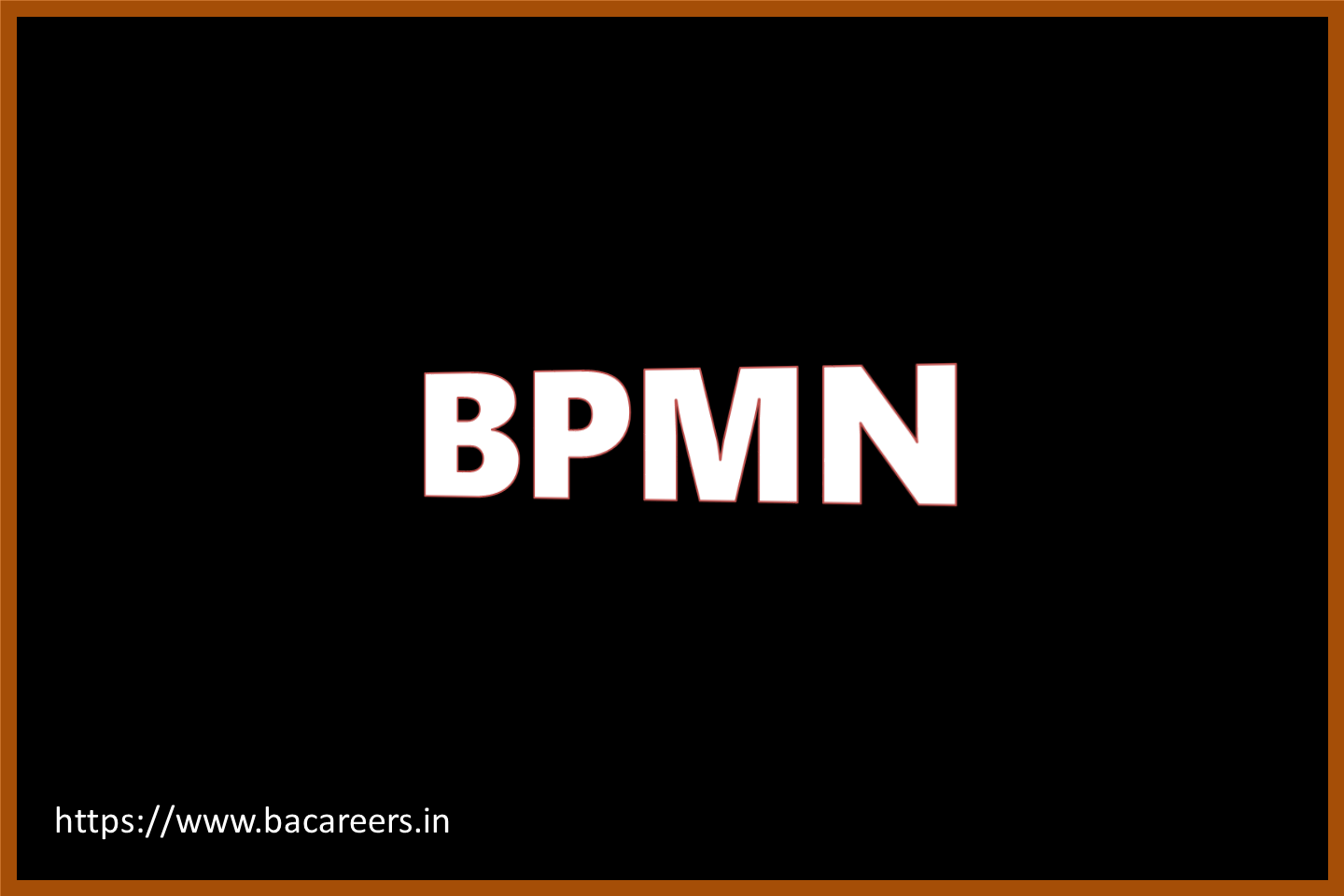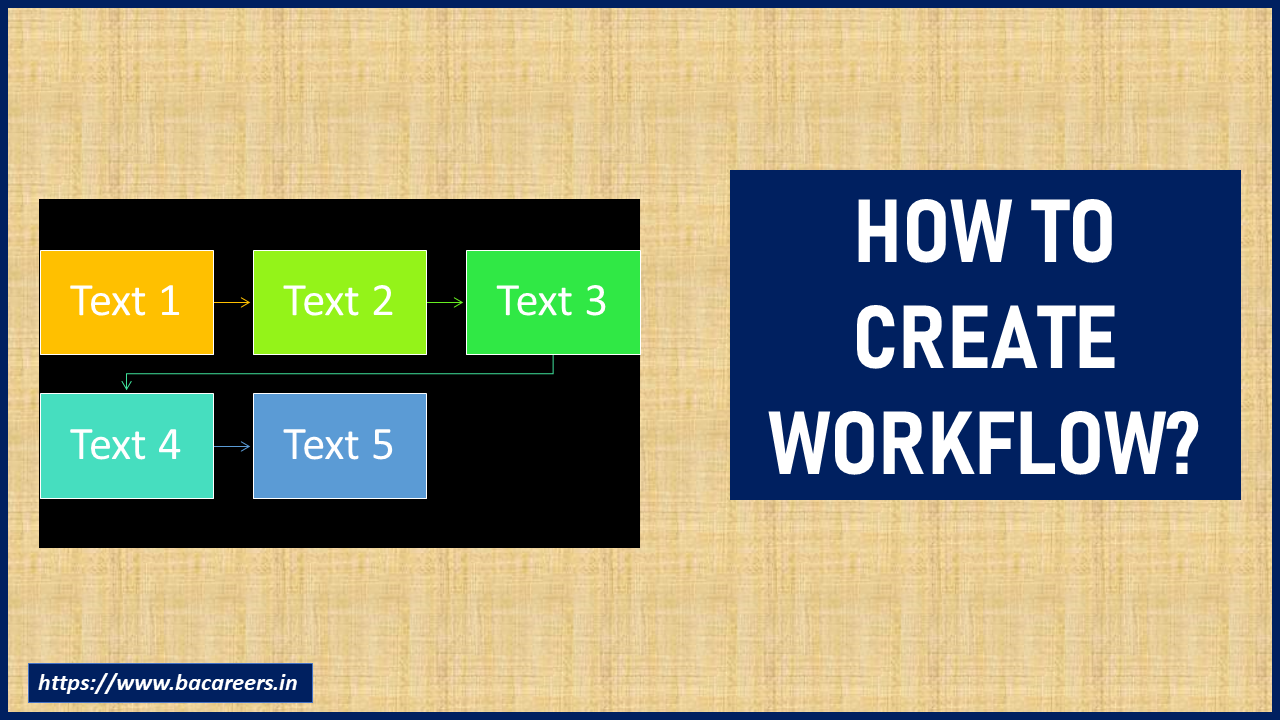Let us discuss in this article about Why Is Requirements Elicitation A Difficult Task?, Requirements elicitation is a critical step in software development. It helps teams understand the needs of users and stakeholders, and ensures that the product meets those needs.

This article will help you understand why requirements elicitation is difficult.
Requirements elicitation is not easy. In fact, it’s one of the hardest tasks in software engineering. There are several reasons why requirements elicitation is so hard. First, there are often multiple stakeholders involved in the project. Each stakeholder has different goals and priorities. Second, the requirements themselves are complex. They are usually expressed as a set of statements describing what the system should do. Third, requirements are dynamic. They evolve during the design phase, when new ideas emerge and old ones are discarded. Finally, requirements are ambiguous. They are vague and open to interpretation.
The Business Domain.
To understand how requirements are developed, we need to first understand the business domain. This includes the problem being solved by the product, the market, and the customers. It also includes the organization’s mission, vision, values, and culture. These elements help define the boundaries of the business domain.
Contextual Understanding.
Once we have defined the business domain, we must understand the context within which the requirements will be used. We do this through interviews with stakeholders who use the system and through observation of the work environment.
The Process of Requirements Elicitation.
In order to elicit requirements, we need to understand the business domain and its constraints. This means that we need to understand what the user needs to accomplish and how the user accomplishes those tasks. It also means that we need to identify the constraints that limit the user’s ability to achieve his or her goals.
The Value of Requirements Engineering.
Requirements engineering (RE) is a discipline that helps us to understand the business domain by identifying the requirements needed to support the business objectives. RE is a systematic approach to gathering requirements from stakeholders and translating them into a set of functional specifications.
Why Is Requirements Elicitation A Difficult Task?
- There is no standard method of requirements elicitation.
- There is no single best way to elicit requirements.
- There is no single right answer.
- Requirements elicitation is not a science.
- Requirements elicitation is a social activity.
- Requirements elicitation is subjective.
- Requirements elicitation is iterative.
- Requirements elicitation is complex.
- Requirements elicitation is time-consuming.
- Requirements elicitation is expensive.
- Requirements elicitation is difficult to automate.
- Requirements elicitation is hard to scale.
- Requirements elicitation is risky.
- Requirements elicitation is error prone.
- There is no standardization
There is no standardization between different cultivators, growers, and researchers. Each individual has their own set of requirements and preferences. This makes it difficult to determine what is best for each individual.
- There is no consensus on how to measure
The way we measure our crops varies greatly depending on who is doing the measuring. Measuring is done using various methods including weight, volume, area, height, and density. These measurements are then converted into units of measurement. Different units have different standards and ranges.
- There is no agreement on what constitutes a good yield
What constitutes a good yield differs based on the type of product being grown. Cannabis is not the only crop that requires nutrients. Other crops require different amounts of nutrients than cannabis.
- There is no agreement about what constitutes a healthy crop
Healthy means different things to different people. What is considered healthy may vary depending on the person doing the evaluation.
- There is no agreement regarding the amount of nutrients needed
Different types of nutrients need different amounts of nutrients. One plant may need 10 grams of nitrogen while another plant may need 20 grams of nitrogen.
- There is no agreement over whether to use synthetic or natural nutrients
Synthetic nutrients are those that are manufactured in a lab. They are often times cheaper than natural ones. However, they do not provide any of the benefits that nature provides. Synthetics are also known to cause problems if used incorrectly.
Natural nutrients are those that are derived from nature. They are much less expensive than synthetics and offer many of the same benefits.
- There is no agreement concerning the time at which nutrients should be applied
Below articles may help you to understand more about Why Is Requirements Elicitation A Difficult Task?
- What Is The First Step Of Requirement Elicitation?
- Requirement Elicitation Techniques
- Elicitation Techniques used by Business Analyst.

Business Analyst , Functional Consultant, Provide Training on Business Analysis and SDLC Methodologies.



















